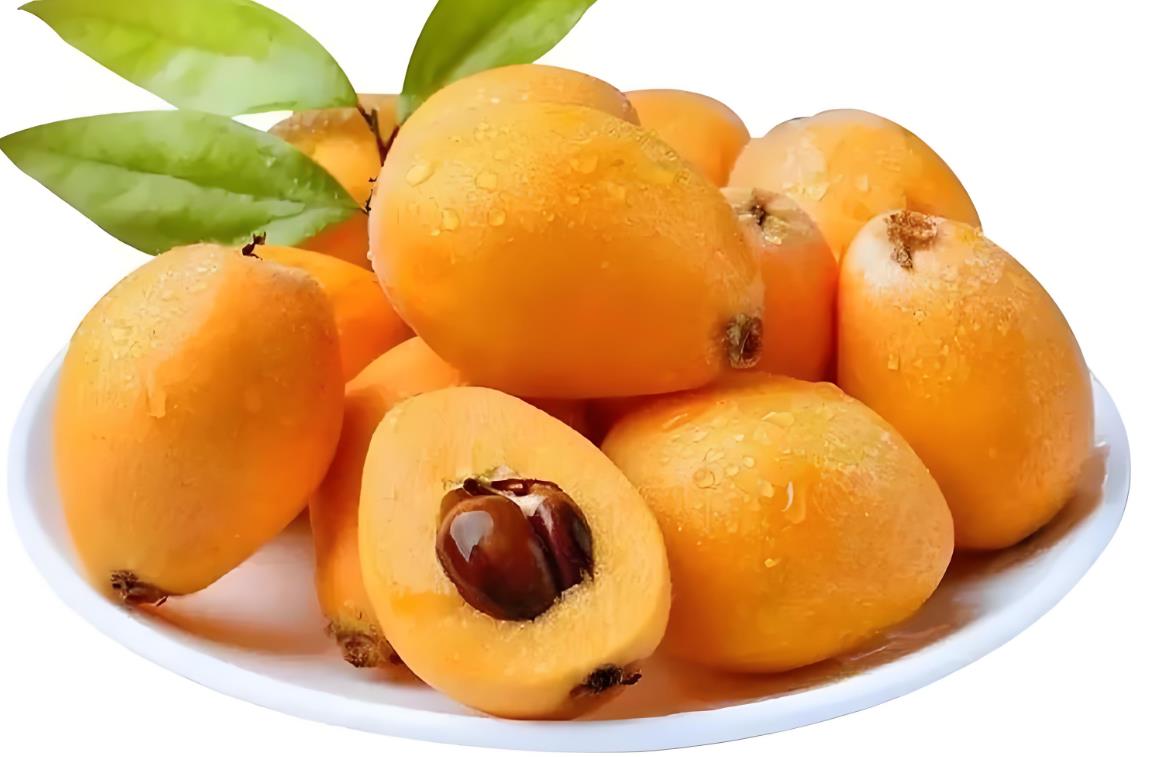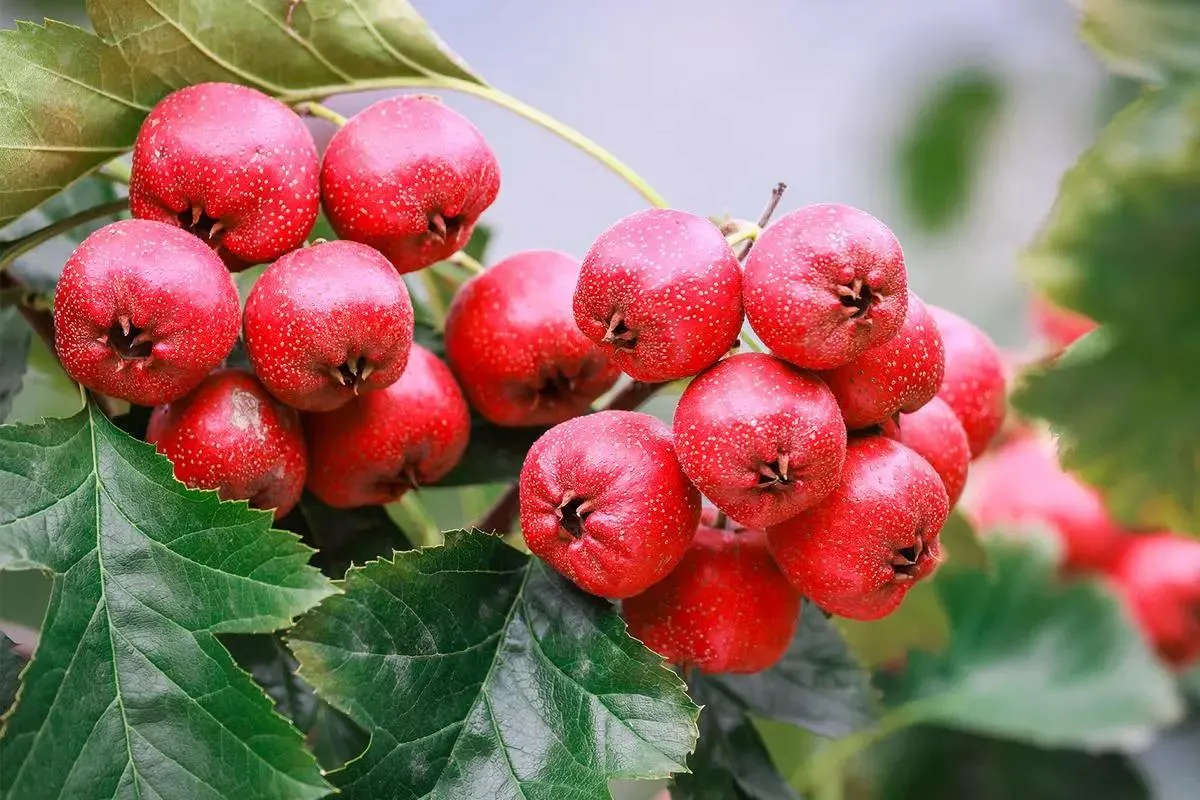Golden Honeycrisp Apple (Malus ‘Opal’)
The Golden Honey Crisp Apple, marketed as Opal®, was developed by the Institute of Experimental Botany SE in the Czech Republic through crossbreeding Golden Delicious with Topaz. This apple stands out for its distinctive golden-yellow hue, crisp texture, and natural resistance to browning.
Fruit Characteristics:
Golden Honey Crisp Apples are medium to large-sized fruits that are typically round or slightly flattened with an appealing look. Their smooth skin turns bright golden-yellow upon ripening, occasionally featuring a subtle pink blush. The creamy white flesh is exceptionally crisp and juicy with high sweetness balanced by moderate acidity. Its fresh flavor carries a hint of honey aroma. Unlike many other apples, this variety resists browning when cut open, making it ideal for salads and platters. The core is small with a standard number of seeds.
Variety Traits:
This late-season apple has excellent storage capabilities; it can be kept fresh for extended periods post-harvest. It boasts strong disease resistance against common apple ailments. Most notably, it naturally resists browning, which helps maintain its fresh color and taste even when exposed to air without requiring special treatments.
Nutritional Value and Potential Benefits:
Golden Honey Crisp Apples share typical apple nutrients, including carbohydrates (primarily fructose, glucose, sucrose), dietary fiber, vitamins like vitamin C, and minerals such as potassium. They also contain polyphenolic compounds that offer antioxidant benefits. Their resistance to browning may help preserve higher levels of vitamin C along with other nutrients.
Distribution and Cultivation:
Initially bred in the Czech Republic, Golden Honey Crisp Apples are now commercially grown across Europe and North America due to their unique qualities and strong market appeal. They thrive in temperate climates, needing specific chill hours for dormancy completion but aren’t picky about soil types—though they do best in well-drained fertile soils. Propagation typically involves grafting to ensure varietal purity and superior traits.



